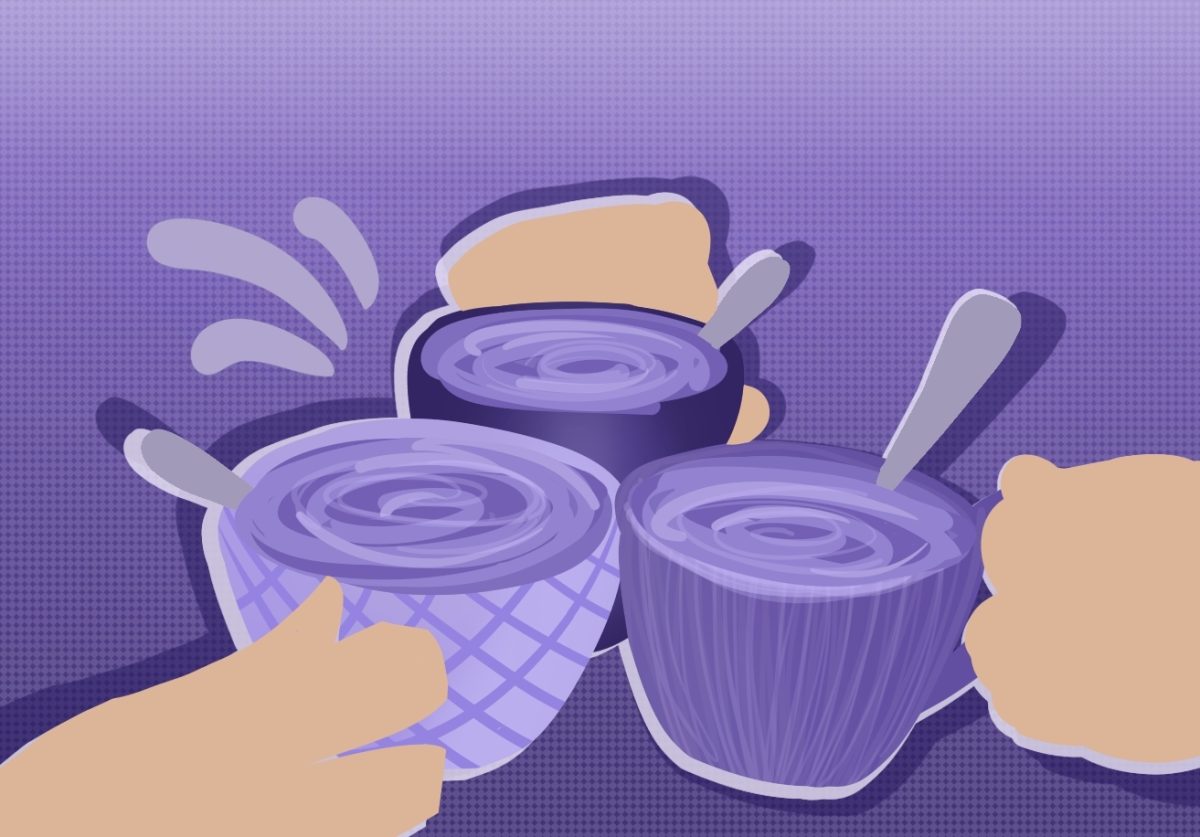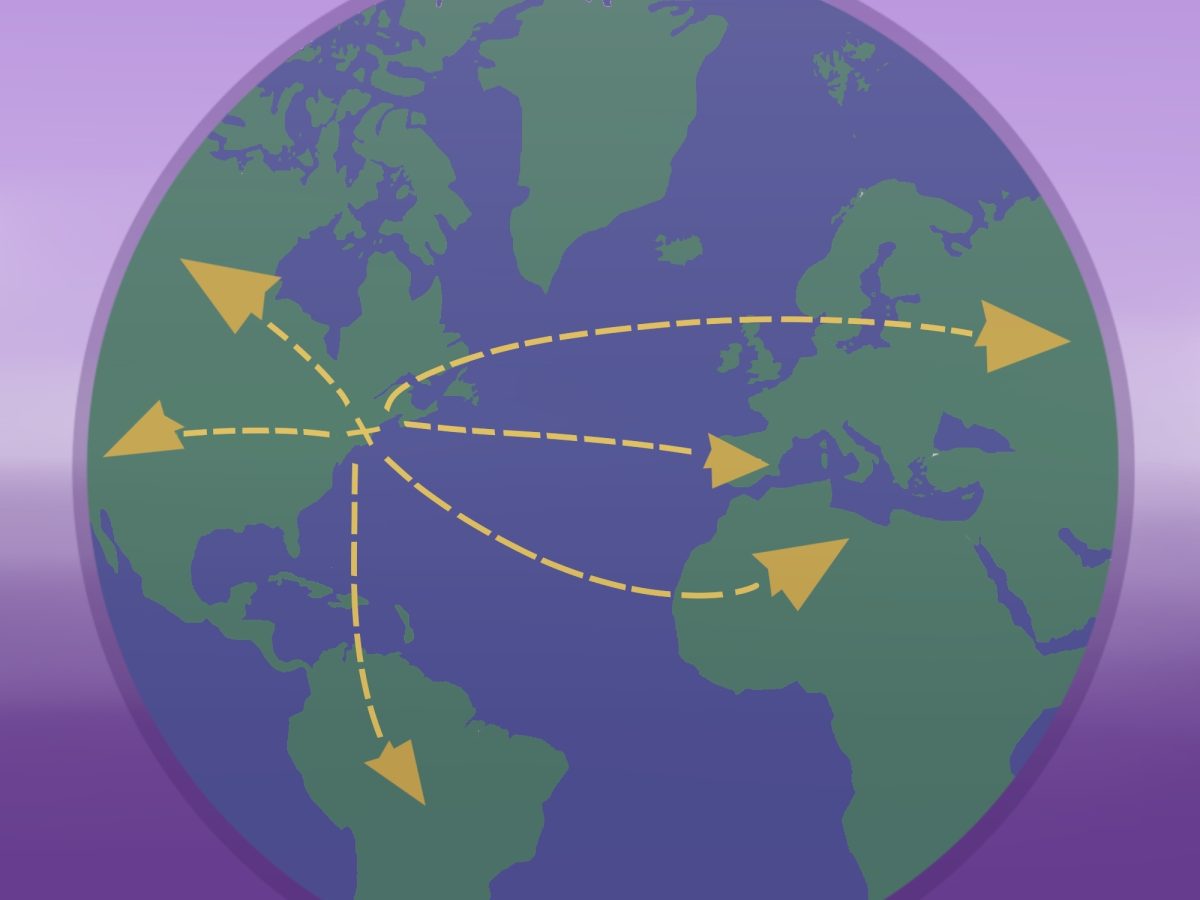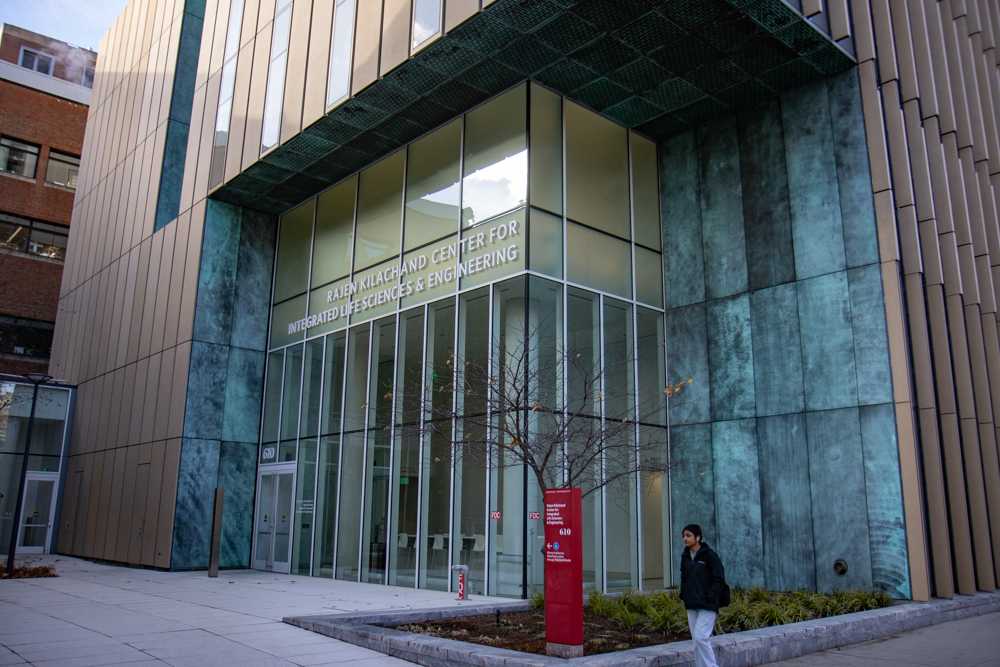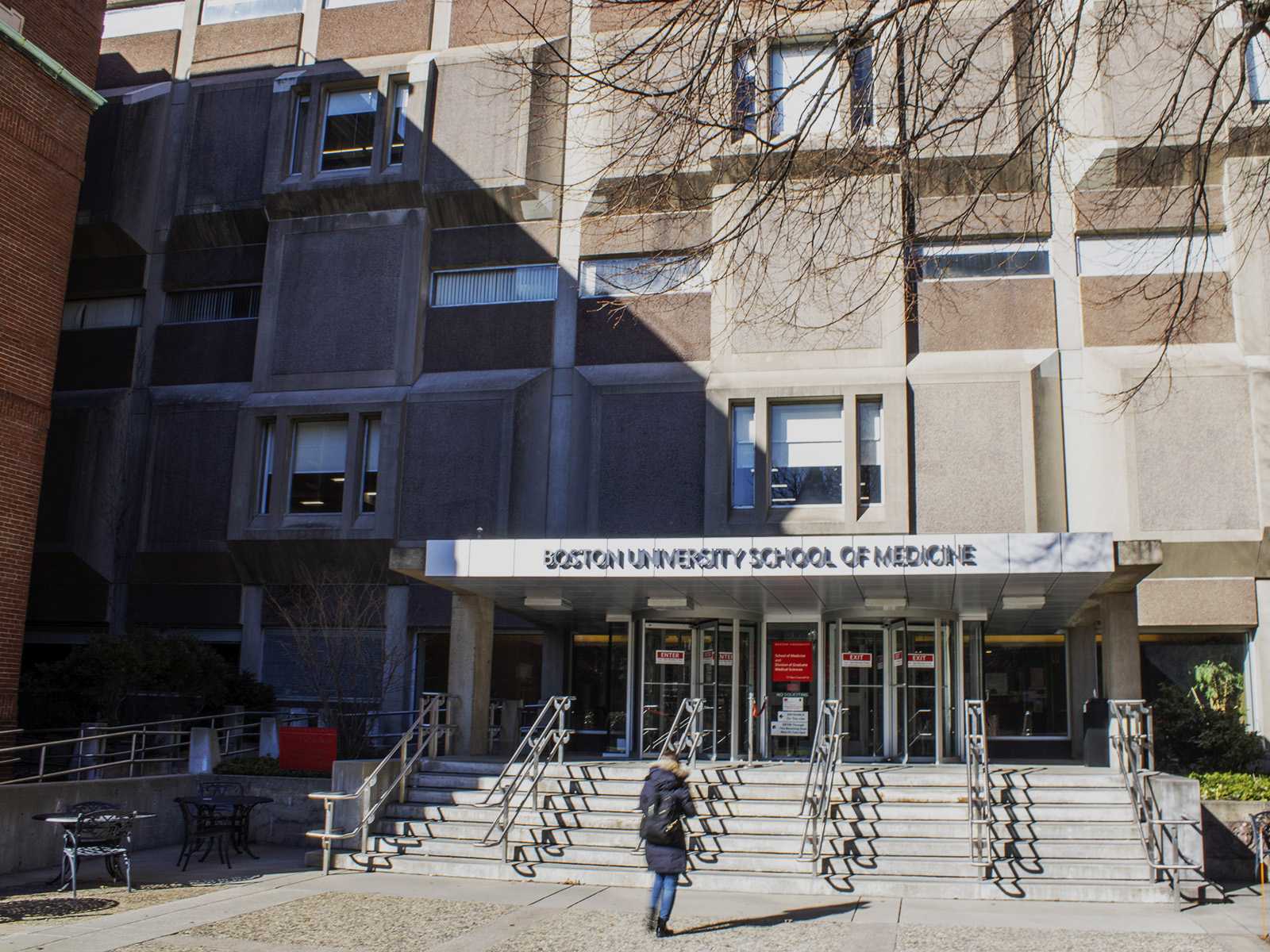Kathy Harnish has been registered as an organ donor for four decades, but about five years ago she turned to a different kind of donation.
The 62-year-old mother of two began to question how useful her aging organs would be in a transplant, and decided to look into full-body donation.
‘I thought the next best thing to helping somebody live longer is to help students studying to help others live longer,’ Harnish, a Rockport, Mass., resident said.
So Harnish is donating her body to Boston University where it will be used to teach medical students anatomy. Although still overshadowed by organ donations, full-body donations are becoming more popular. The bodies serve as valuable training tools for future doctors and an apparatus for scientists to study diseases like diabetes and cancer.
Organizations that arrange full-body donations say more people are interested in the practice as they learn about it and as cremation – the eventual fate for most donated bodies – becomes more acceptable. Harnish said she has no qualms about her decision and encourages others to consider donating.
‘It seems like something good I can leave behind,’ she said.
Educating Future Doctors
Harnish is a registered body donor with the BU School of Medicine Anatomical Gift program, which uses the bodies for an anatomy course. Coordinator Robert Bouchie said the program receives 40 to 50 donations per year.
In their anatomy laboratory, eight medical students work together to dissect different segments of one human body. Bouchie said they must learn all parts of the form, starting with the skin and working their way through the various muscles, nerves and bones. The constant practice students get by dissecting the body helps them to build a strong surgical foundation for the rest of their medical careers.
‘The students build a relationship with the donor,’ Bouchie said. ‘They are lifetime memories.’ People never forget their experience because it’s such a learning experience, such a stimulating experience.’
Three other medical schools in Massachusetts also solicit body donations:’ Harvard Medical School, Tufts University School of Medicine and the University of Massachusetts Medical School. With so many schools concentrated in such a small region, Bouchie said it can be hard to attract enough donors.
Even so, he said the program is more popular than ever. Bouchie speaks at hospices to tell people about full-body donations and said it appeals to those who are selfless.
‘They’re just givers, and they’re giving after their death to make modern medicine a better place for education.” ‘ ‘ ‘ ‘
Though 90 to 95 percent of donors are accepted, there are some restrictions. Donors must not have an infectious disease or be severely emaciated, Bouchie said. BU must also be able to receive the bodies within 24 hours of the person’s death to begin the embalming process because if the blood is not drained quickly the body will start to deteriorate. BU pays for transportation of the body.’ ‘
The bodies remain at BUMS for 12 to 15 months, after which the university will pay to cremate or bury the body at a cemetery owned by Massachusetts’ medical schools.
In addition to medical schools, various organizations work to attract body donations, linking prospective donors with the most appropriate research and educational projects. Some also run their own educational centers.
Science Care, for example, currently registers more than 32,000 donors. Donna Goyette, director of community relations for the center, said the Phoenix-based program has grown quickly since its origination in 2000.’
She emphasized that body donors do not have to stop being organ donors. More people are registering as both organ and body donors, and if their organs are ruled nonviable after death, their bodies can be used for medical research or education.
‘I think people want to give back to mankind to help their children and grandchildren,’ Goyette said. ‘They want to find cures for diseases, advance surgical programs and just do something that’s bigger than themselves.’
Science Care runs two training facilities, one in Arizona and one in Colorado, to teach surgeons, paramedics and even firefighters how to work with the human body. Allowing such professionals to practice on cadavers better prepares them for their jobs, Goyette said.
‘It used to be that they would have to use a plastic mannequin or animal,’ she said. ‘It’s pretty clear we’re not plastic or an animal . . . it’s not the same as using human tissues.” ‘
Lessons the Body
Can Teach
Organizations like Science Care also supply scientists at universities, research laboratories and pharmaceutical companies with human bodies to conduct their research. Anyone who wants access to the donated tissue must complete an application detailing the goals of their research project, Goyette said.
She added that Science Care’s donors have helped researchers study a variety of ailments, including cancer, Alzheimer’s disease, diabetes and arthritis. Researchers looking at breast cancer, for example, can request a donor who suffered from the disease and compare that body to a cancer-free one.’ ‘ ‘
‘Anything you can think of, we’ve probably dealt in it,’ Goyette said.
MedCure, another company linking donors and researchers, helps scientists learn more about the human form, spokesman Jack Ciulla said. The researchers apply that knowledge to improve things like knee implants and spinal braces.
‘It provides a way for surgeons to understand how to put knee implants in and how to make the real-live person’s knees work better,’ Ciulla said.
One place where MedCure sends donated bodies, for example, uses cadavers to practice new techniques for removing the saphenous vein, a leg vein that doctors often need to remove from the living during open heart surgery. If doctors practice extracting the vein from a cadaver, they will improve their skills for when they perform open heart surgery on someone who needs it. Another center does product testing on implants that stabilize a fractured spine.
A Donation That Saves You Money
‘ ‘ ‘ ‘
Both Science Care and MedCure have seen a significant jump in full-body donations. Ciulla said increased awareness has played a large role, as well as increased acceptance of cremation.’
In addition, he said people are interested in body donations because they can save money on funeral and cremation costs, and donation organizations often pay for death certificates and cremation procedures.’ A traditional funeral now costs, on average, more than $6,000, according to The Final Arrangements Network, a company that’ provides financial and emotional support to the families of the recently deceased. For some families, a funeral is the third most expensive item they ever purchase behind a home and an automobile, and cremation can be one fifth the cost, according to the site.
National cremation rates have increased about 10 percent since 2000 and are expected to continue to rise, according to the Cremation Association of North America. This is good news for full-body donation, which most often requires cremation since the body may be too distorted afterward to be presented to the family of the deceased.
‘It’s becoming more acceptable,’ Ciulla said. ‘There’s a certain element that . . .’ believes the body should be buried whole, but that’s changing.’
Certain religious and cultural groups are still less likely to donate, he said, such as Mormons and Catholics who want an open-casket funeral. Goyette added that some Jews and Native Americans hesitate to donate as well, because they believe the body should be buried whole.
Alfred Tauber, an affiliate faculty with the BU Law, Medicine and Ethics Program, said the key for potential donors is to make informed decisions. He said they should make their intentions clear to their doctors and familes to ensure their wishes are fulfilled.
‘Full disclosure must be made,’ Tauber, who is also the director of the BU Center for Philosophy and History of Science, said. ‘The cardinal rules here are autonomy, transparency and neutrality.’
Harnish said she considered her donation carefully and made sure to check with her family. For her, the choice was simple.
‘After the body expires, to me, it’s the soul that left,’ she said. ‘To me, it’s the soul that’s important, and if you can do some good, by all means do it.’




















































































































